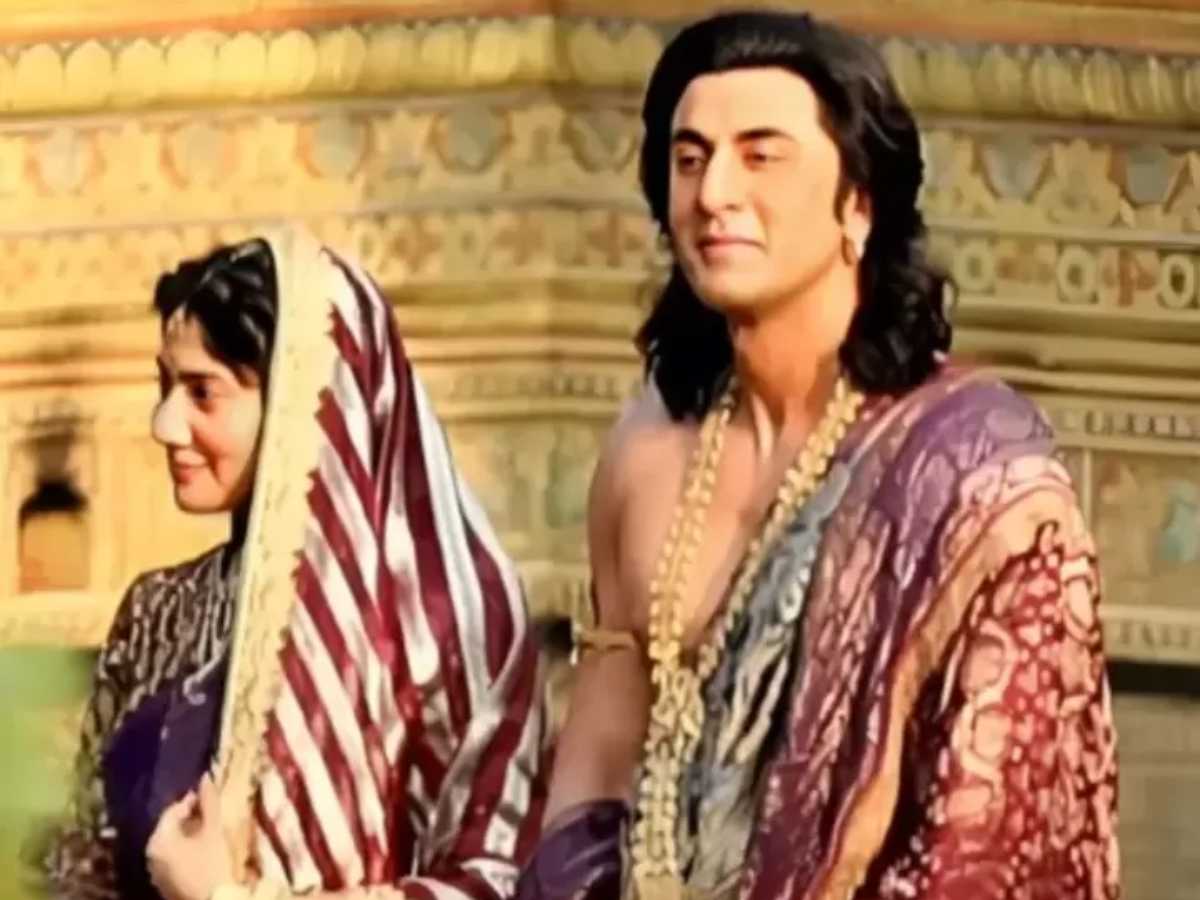Ranbir Kapoor Charging ₹150 Cr for Ramayana? Sai Pallavi's Fee ‘Nowhere Close' – Inside the Epic's Budget Battle

On July 7, 2025, the first glimpse of Nitesh Tiwari's Ramayana dropped, showcasing Ranbir Kapoor as Lord Ram and Sai Pallavi as Sita. But the real buzz isn't the teaser—it's Ranbir's reported ₹150 crore fee for the two-part epic, compared to Sai Pallavi's ₹12 crore, sparking a heated debate over Bollywood's gender pay gap. With a Diwali 2026 release for Part 1, the controversy is stealing the spotlight.
Breaking Down the Paychecks
Ramayana, touted as India's costliest film with a ₹500-550 crore budget per part, has Ranbir Kapoor as its top earner. Sources confirm he's charging ₹75 crore per film, totaling ₹150 crore for both parts, including a profit-sharing deal tied to box office returns. Sai Pallavi, playing Sita with comparable screen time, earns ₹6 crore per part, totaling ₹12 crore, with no backend profits.
-
Ranbir's Mega Deal: ₹75 crore per part, plus a profit share for 400 shooting days, reflects his box-office pull after Animal's ₹900 crore gross.
-
Sai's Fee: ₹6 crore per part, a significant hike from her ₹5 crore per Telugu film, but a fraction of Ranbir's haul.
-
Comparisons: Prabhas earned ₹100 crore for Adipurush (2023), while Aamir Khan took ₹75 crore for Dangal (2016), showing Ranbir's fee is a new benchmark.
The teaser, screened in nine Indian cities and New York's Times Square, has fueled hype, but the pay gap is dominating chatter.
Why the Huge Disparity?
Producers, including Namit Malhotra's DNEG and Prime Focus Studios, defend Ranbir's fee, citing his “star value.” Trade analysts argue he can pull 3x more opening-day crowds than Sai Pallavi, whose South Indian fanbase is strong but less bankable in Bollywood's Hindi market. A Filmfare source noted, “Ranbir's fee mirrors his ROI after Animal's global success.”
Sai Pallavi, a Telugu cinema star, commands ₹5 crore per South film, but Bollywood's economics favor established Hindi stars. The film's ₹500-550 crore budget per part, with ₹600 crore for post-production VFX alone, leaves less for cast salaries, prioritizing male leads. Yash, playing Ravana, earns ₹50 crore per part, further highlighting the gap.
Industry and Fan Reactions
The pay disparity has ignited fierce debate. Feminist groups, like those quoted on X, call it “glaring inequality” in a mythological epic where Sita's role is pivotal. @abpnadu tweeted, “Ranbir's ₹150 crore vs Sai Pallavi's ₹12 crore? Shocking for Sita's role!” Others, like @filmfare, justify Ranbir's fee, citing his market pull: “He's worth it after Animal's ₹900 crore.”
Some fans argue the budget, initially hyped at ₹1600 crore but clarified as ₹500-550 crore per part, shouldn't shortchange female stars. @vedhpatel18 praised Sai Pallavi's casting as a “collaborative choice” by Nitesh Tiwari, but didn't address the pay gap. Director Nitesh Tiwari has stayed mum, focusing on the film's global ambitions with co-stars like Sunny Deol (Hanuman) and Lara Dutta.
Why It Matters
Bollywood's gender pay gap isn't new, but Ramayana's high-profile cast and cultural weight amplify the issue. Sai Pallavi's ₹12 crore is a record for an actress in a Bollywood epic, yet it's just 8% of Ranbir's fee. This mirrors broader industry trends, where male stars often secure profit shares, while actresses get flat fees. The debate could pressure producers to rethink compensation as Ramayana aims for a global audience in 2026 and 2027.
What's Next?
With Ramayana Part 1 set for Diwali 2026, the pay gap controversy risks overshadowing its grandeur. Fans on X demand fairer pay, while producers bank on Ranbir's star power to justify the budget. Will this spark change in Bollywood's pay structure, or is it just another storm before the epic hits screens?






